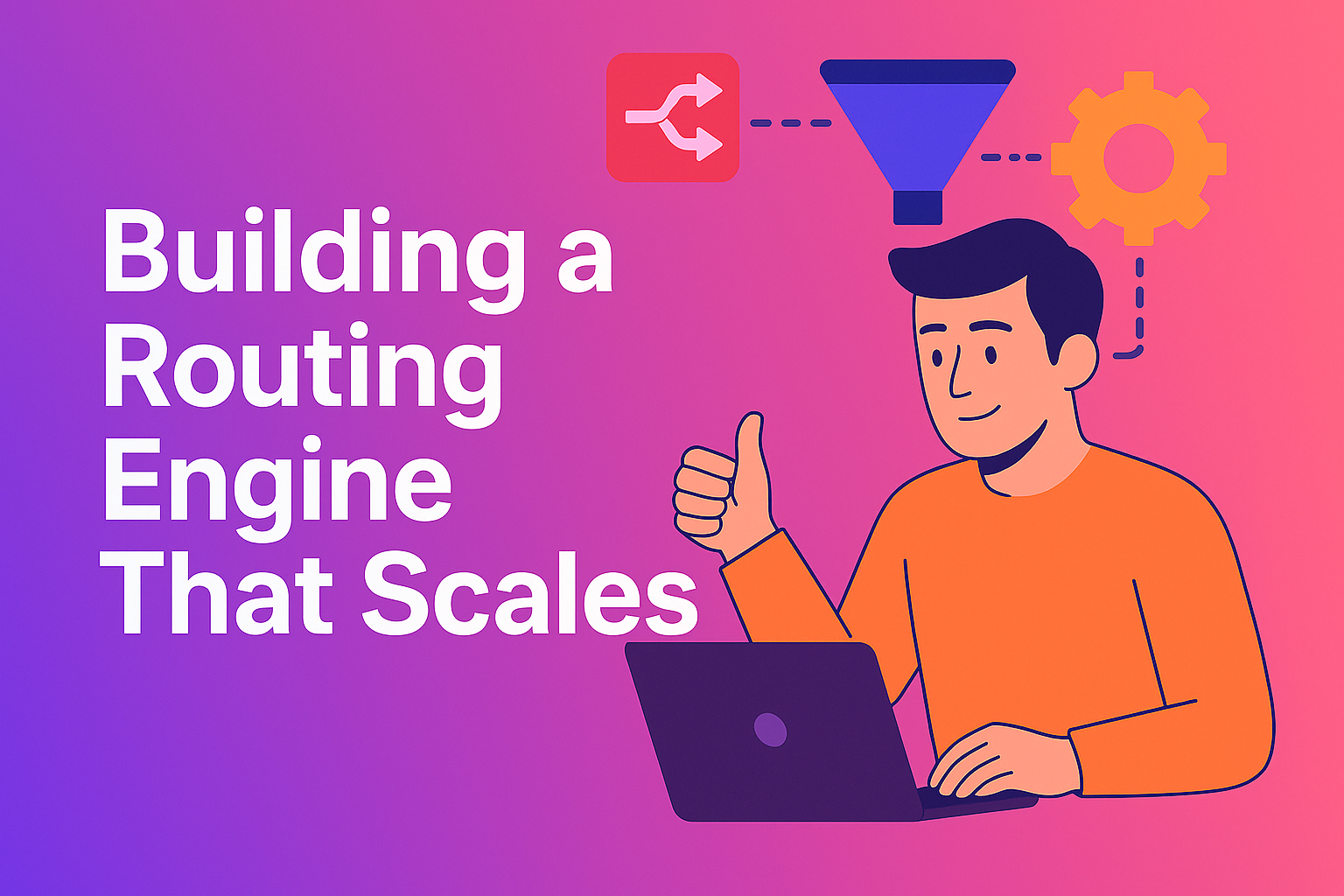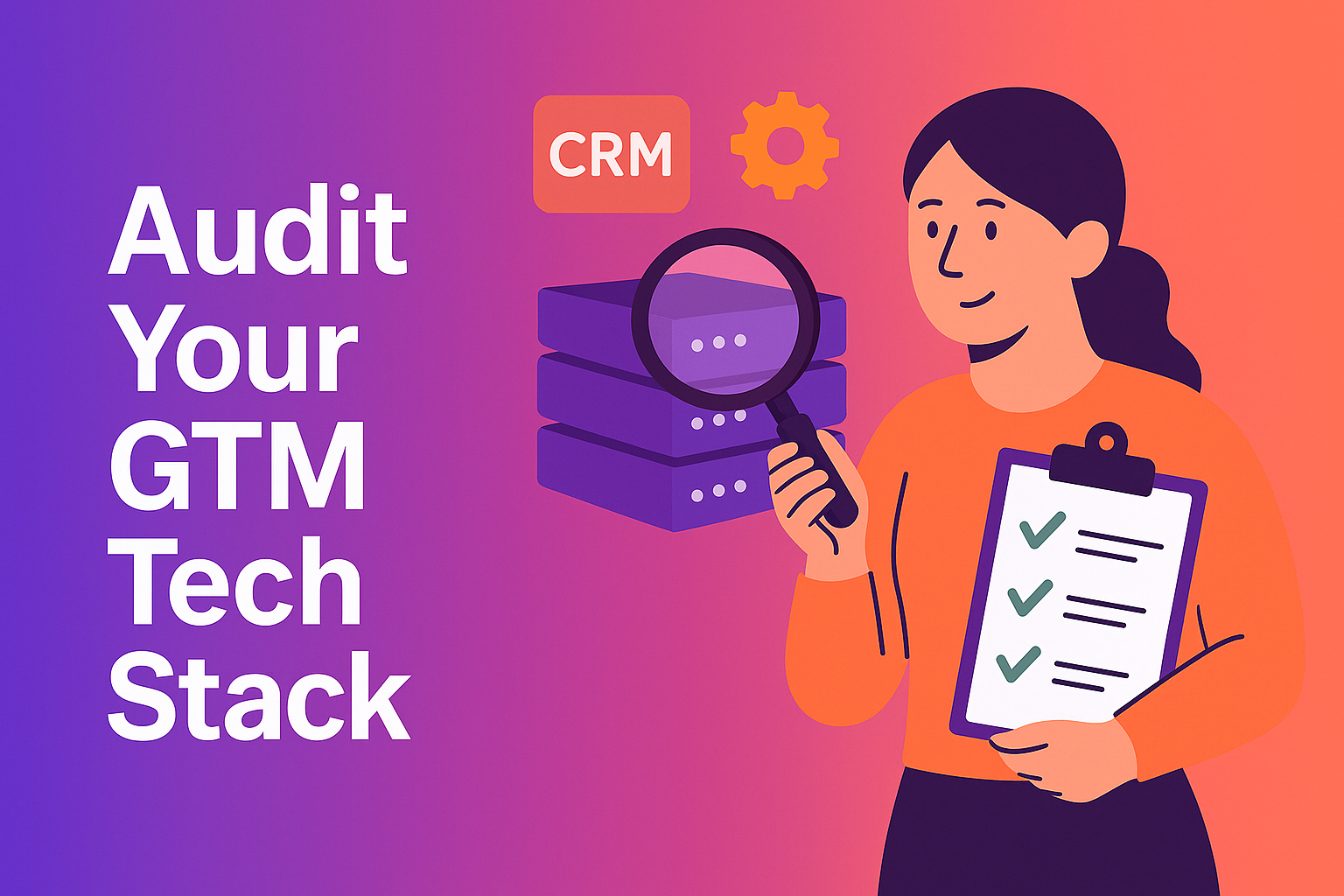Looking for an efficient lead distribution method? 🤔 Round robin it is!Round-robin scheduling is a simple yet effective lead assignment strategy that makes your life easier. With round robin assignment, you can guarantee even distribution of leads and no more workload complaints from sales reps.Read on and find everything you must know about round-robin scheduling in this post!
What is round-robin lead distribution?
According to Craig Maxwell, CEO & Co-founder at Salesbolt, “A round robin rule allows you to equally distribute new lead records without having to manually assign them using a rotation.”Round-robin scheduling refers to assigning new leads to different sales reps until everyone has been assigned the same number of leads; then, the cycle repeats. It happens in a rotation where each sales rep takes turns and removes the statistical bias.Example: Consider playing cards 🃏 as a round-robin scheduling example. Say you have three players. Shuffle the deck and start distributing.
- Player 1 – Card 1, Card 4
- Player 2 – Card 2, Card 5
- Player 3 – Card 3, Card 6, and so on.
Here’s a round-robin scheduling visual.

Who should use round robin scheduling method?
Round robin scheduling method is for companies with high-volume inbound leads. If you have thousands of leads flowing and need a routing system, round robin leads assignment is ideal. The method ensures even distribution of the leads to the sales reps. At a minimum, you can ensure that the leads are routed to their apt vertical and territory. On the contrary, gathering all leads into a free-for-all queue without any vertical or territory segmentation can result in low conversions and unhappy leads. In an appropriate scenario, round robin scheduling;
- routes leads to all sales reps in a team without any bias
- skips routing leads to unavailable sales reps
How does round-robin scheduling work?
Different lead routing platforms may have various steps to implement round-robin scheduling. However, there is a fundamental process that every scheduling software follows. Here’s what you need to know about the basic working of round robin assignments.When a lead submits a web form on your website, and you have round-robin lead distribution in place, the following happens:
- The lead gets created in the lead distribution software database
- The sales rep in the queue gets assigned as the owner of the lead
- If the assigned sales rep makes no contact within x minutes (predetermined time limit), the lead is rerouted and assigned to the next available sales rep.
When using a lead distribution platform, lead assignments are automated. As a result, your sales reps are no longer required to email back and forth to prospects for meeting confirmation. The automated scheduling process increases responsiveness and reduces the gap between a lead contacting you and a sales rep reverting. A few scheduling platforms, like Calendly, offer two ways to set up an automated round-robin lead assignment.
Availability
The availability option enables prospects to choose their time slots. Then, the software assigns the lead to the available sales reps in the chosen slot. This option optimizes the customer experience and reduces wait times. If multiple sales reps are available in a chosen time slot, the software lets you prioritize the sales reps who can take over the meeting. The availability feature provides the following benefits:
- Quickly scheduled meetings with available sales reps
- Prioritization of sales reps based on language, industry knowledge, etc.
- Improved prospect experience and engagement
Equal distribution
The second way to set up round robin assignment is equal distribution. When users pick optimization for equal distribution, the meetings are evenly distributed among team members. If a sales rep has been assigned several meetings already, they are not given any more meetings until the rest of the team catches up. This option offers all sales reps with equal opportunity to connect with prospects. In addition, the new team members get the exposure to interact and build their portfolios. Moreover, the workload gets equally distributed among the team members. Things to do before creating a round-robin assignment methodHow to create a round-robin lead assignment in RevenueHero?
Benefits of Round Robin Lead Distribution
So, what are the highlighted benefits of round-robin scheduling?That’s what I am going to tell you here!
1. Round Robin Scheduling Boosts Speed to Lead
Speed to lead statistics says that 78% of customers purchase from a company that responds to their inquiry first. And round-robin scheduling helps to increase your speed to lead!The faster your sales reps respond to leads, the better the chances of conversion. And automated round-robin assignment routes leads to sales reps at a lightning-fast speed. All your sales reps need to do is respond to the lead instantly. Respond within a minute; you can witness 391% more conversions.Wait for five minutes, and your odds of qualifying a lead decrease 80%.You can imagine the decline in your chances of conversion the longer you make your leads wait. So, set up round-robin scheduling for ultra-fast lead routing!
2. Round Robin Assignment Ensures an Equal Lead Distribution
There are many lead distribution models, each of which has its set of pros and cons. But breaking them down, there are two primary models – round robin and cherry picking. As I explained at the blog's beginning, round robin is rotational. As for cherry picking, this method enables users to manually assign leads to sales reps based on specific conditions like expertise, experience, location, etc. Cherry-picking has advantages. But the method prioritizes sales reps, and the lead distribution is unfair. Some sales reps do not get an opportunity to interact with leads, whereas experienced sales reps become overworked.For instance, using the cherry-picking method, you can manually assign high-potential leads to experienced sales reps only. So, unlike round robin, this distribution method is inherently biased.
3. Round Robin Scheduling Assigns Leads Based on Sales Reps’ Availability
As mentioned, even a 5-minutes delay can result in leads going cold. So, as soon as leads are assigned, it’s an emergency call for sales reps! 🚨 They must attend to the leads instantly to avoid missing out on them. Round robin scheduling allows you to attend leads by assigning them to the available sales reps. In addition, the process automatically pauses routing leads to sales reps who are away or busy. For instance, a sales rep may be out for lunch between 2 pm to 3 pm. Here, a round robin will pause routing leads to the specific rep for an hour when they are away. Similarly, if a sales rep is busy attending a meeting, they can pause taking up lead discussions. Thus, round robin ensures no leads are left hanging and no meetings get disrupted.
4. Round Robin Assignment Effectively Distributes Workload
Equal distribution of workload often becomes the trouble spot for most managers. One or another team member complains of more workload than the rest. With round-robin scheduling, managers can finally get rid of the exhausting territory management. Instead of a few selective working sales reps, round robin puts everyone to work. And managers cannot do much about it!You can avoid cherry-picking and create a service-level agreement (SLA) for your sales team that defines the expected sales rep behavior for a lead response.Though such SLAs are tough to implement, round-robin assignment makes it easier. For instance, you can automatically reassign unworked leads after a specific period (say, 30 minutes) to the next available sales rep.
Round Robin Assignment FAQs
Though I hope you have every info you need about the round robin assignment, here are a few common questions for further clarification.
What is the round-robin process?
In round-robin scheduling, leads are assigned to the available sales reps based on their position in the queue. The lead routing takes place automatically in rotations and ensures equal distribution of leads among sales reps.
Is round robin different from cherry-picking?
Yes. Round robin and cherry picking are two very different lead routing methods. While cherry picking involves manual assigning leads to preferred sales reps (based on expertise, skills, knowledge, industry, etc.), round robin rotates lead assignments without any preset criteria.
What happens when sales reps are unavailable?
When a sales rep is unavailable, the lead gets assigned to the next available sales rep. Further, if a specific sales rep has attended to fewer leads than the rest, they are prioritized for the upcoming meetings. In any case, round robin ensures a fair workload. So, the number of lead meetings for each sales rep remains the same.
How do you know if the round-robin scheduling method works well for you?
Most scheduling platforms like RevenueHero offer in-built analytics and reporting features that enable users to track the process. This feature lets users keep note of all lead distribution and meeting aspects.
Does round-robin scheduling allow sales reps prioritization?
When you set up a round-robin based on availability, prospects can choose any meeting time slot. If multiple sales reps are available in the selected time slot, you can prioritize sales reps based on specific criteria.
Wrapping Up
As your lead distribution strategy impacts the conversion rate, you must have a suitable distribution model in place.And nothing can be better than the round-robin scheduling method if you’re stuck with slow lead responsiveness. Accelerating your lead response time can make a huge difference in your sales. Moreover, round robin can create a fair distribution system where every sales rep gets a chance. So, without any delay, team up with RevenueHero. The platform offers advanced round-robin scheduling features that can shoot up your sales with its effectiveness and efficiency. Get in touch now!
Related Resources
Let RevenueHero help your team turn high-intent users into booked meeting without slowing down your funnel.













